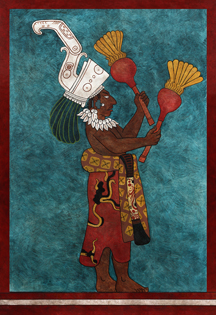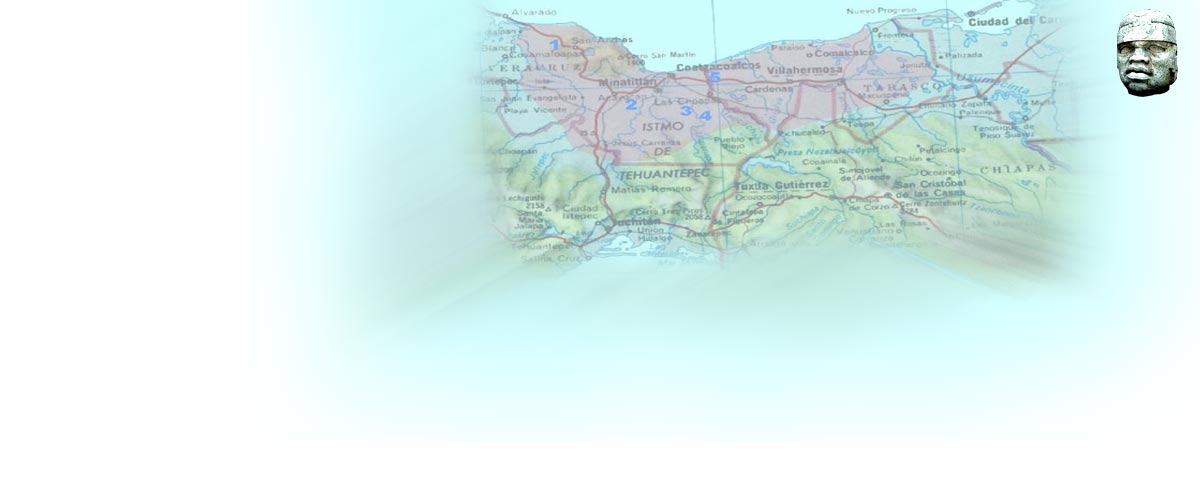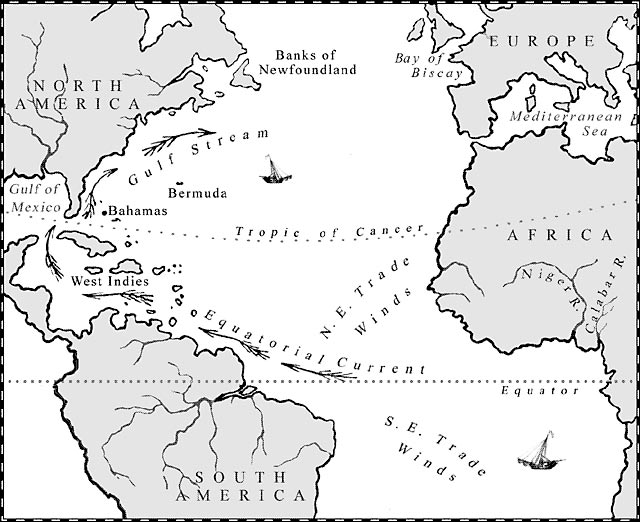 The Equatorial Current allowed Slave Ships to traverse the Ocean with Certainty
The Equatorial Current allowed Slave Ships to traverse the Ocean with Certainty
But, they are not the only people who sailed along this powerful ocean current.
Drawings of ocean ready boats are shown in the ancient Olmec cave paintings. This is conflicting to European and American historians who do not want to believe that ancient culures from Africa or Oceania had the same capability.
Many archaeologists speculate that such an incredible sea voyage, from Australia to Brazil, would not have been undertaken knowingly but by accident. However, Mau Piailug has shown that the Olmec voyages may have been quite purposeful.
If it were by accident, this is not unlikely either. In 2005, Five African fishermen were caught in a storm and a few weeks later were washed up on the shores of South America. Two of the fishermen died, but three made it alive. This is not an uncommon occurance, especially over thousands of years of human fishing and love for traveling the open sea.
Olmecs heads finally make sense. Especially if they travelled across the ocean from Africa. Since the oldest pyramids in the world were built in Africa, this makes a good explanation as to why these cultures and people have so much in common besides the way they look.
Olmec Boat Designs show Probable Use on the Open Ocean
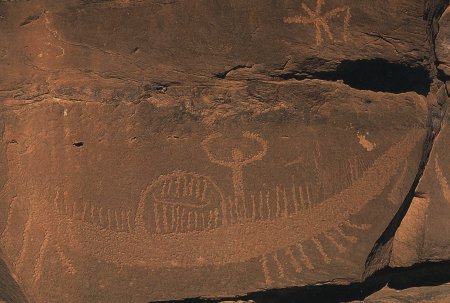
These people date back to about 60,000 years, and were themselves descended from the first humans, who left Africa about 100,000 years ago. But how could the early Australians have travelled more than 13,500 kilometres (8,450 miles) at that time? The answer comes from more cave paintings, this time from the Kimberley, a region at the northern tip of Western Australia. Here, Grahame Walsh, an expert on Australian rock art, found the oldest painting of a boat anywhere in the world.
The style of the art means it is at least 17,000 years old, but it could be up to 50,000 years old. And the crucial detail is the high prow of the boat. This would have been unnecessary for boats used in calm, inland waters. The design suggests it was used on the open ocean.
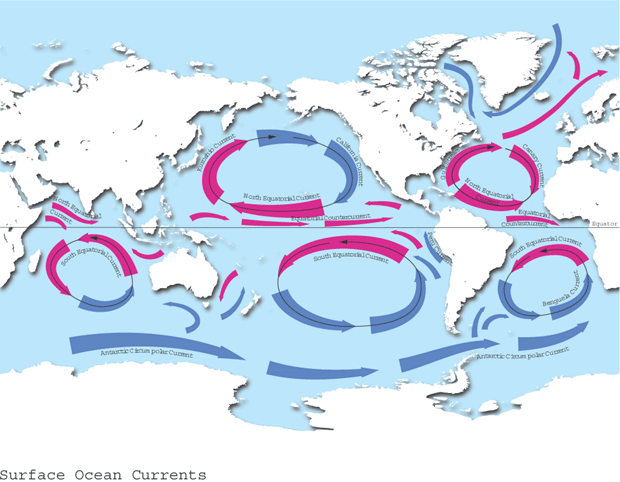
The Ocean Currents of the earth show how Vikings, ancient Hawaiians and other peoples inhabited land masses far from their origins.
Though continually discredited by modern historians, humans have traversed long distances across the largest oceans for thousands of years. Austronesian peoples have spread out from Taiwan or the Malaysian area throughout the islands of the Pacific Ocean and even westward toward Madagascar. There is no written history of these voyages, but linguistics and genetic studies of the last 50 years have clearly established the pattern of migrations.
It has become clear that humans always had the ability to build seaworthy outrigger canoes and to navigate thousands of miles using the stars, ocean currents and swells.
Photo of typical small Polynesian ocean boat like Mau Piailug:

Mau Piailug travels the Ocean without navigation tools used by Christopher Columbus.
Certainly some individuals who served as navigators had inborn capabilities similar to those possessed by migrating birds. Unfortunately modern civilization has destroyed the need for these capabilities, now that we are wholly reliant on machines and technology. However there still exist a few practioners of this art. One of them is Mau Piailug, who was taught the ancient art by his grandfather
In 1976, Mau Piailug sucessfully navigated a polynesian double-hulled canoe Hokule'a from Hawaii to Tahiti, without charts or any navigational instruments. Today, in his seventies, he is teaching young Polynesians the navigational arts at a school on the island Satawal in the Carolines.
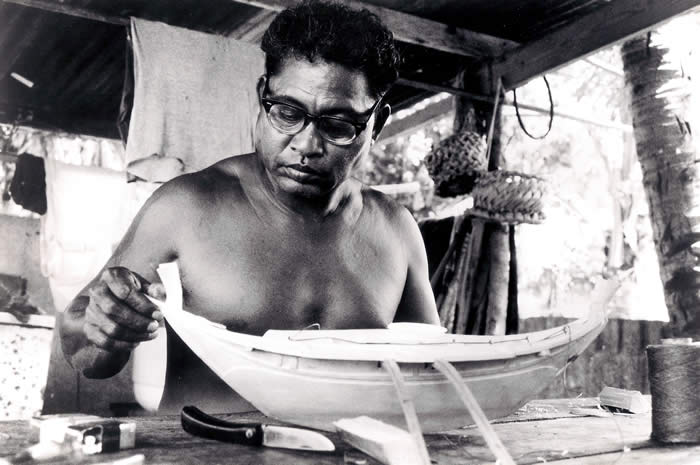
On March 8th, 1975, Höküle'a was launched. Its mission was to test the theory that the ancient Polynesians were brilliant seafarers who intentionally explored the Pacific, but how would the vessel be navigated in the ancient way - without charts or instruments? Although the traditional arts of navigating had been lost in Polynesia, a handful of seafarers in the remote islands of Micronesia still found their way across trackless ocean expanses using only the arc of stars, the wave patterns and the flight of birds. One of them, Mau Piailug from the tiny island of Satawal, agreed to guide Höküle'a to Tahiti.
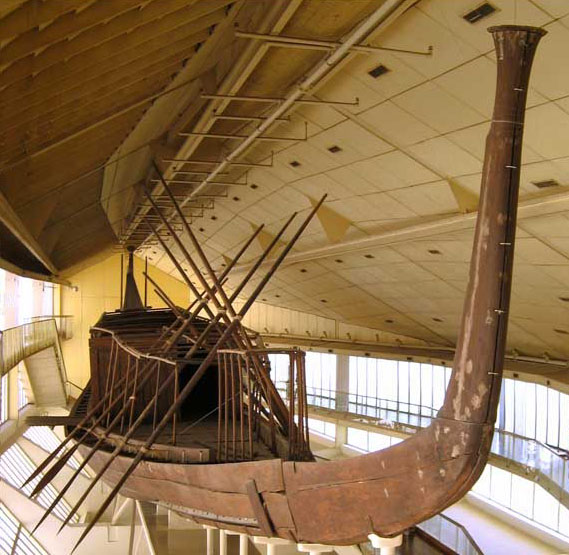
Egyptians from Africa also used boats. They have been expert boatmakers for thousands of years and have much in common with the Olmec culture of pyramid makers.
Dated to be 3000 BC, This enormous boat (left) was found buried next to the great pyramid in Egypt.
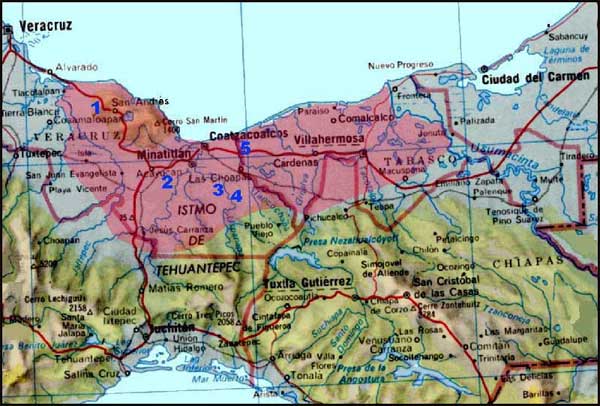 In a fascinating and beautiful tropical land, the mysterious legends begin to unravel.
In a fascinating and beautiful tropical land, the mysterious legends begin to unravel. 